TEACHING

"What I have in my heart and soul must find a way out. That’s the reason for music.."
Ludwig van Beethoven
Testimonials

"Some may say that trying to learn violin is an act of masochism. Whilst I agree with that statement, Alex has been a very effective guide through the mountain climb of trying to make harmoneous sounds come from a piece of wood. A large amount of playing violin is very difficult to explain and, despite this, Alex approaches his lessons with patience and understanding. If there is an aspect that is struggling to be grasped, he will find a different way of illustrating it. If you start slipping and neglecting lessons of the past, he will push you to bring you back where you should be. But most of all, each lesson he will always ensure progression without expectation, at a rate suitable for you."

"Alex is a very committed and personable teacher who adapts to your capabilities and preferred styles of learning. A very versatile and inspirational violinist who has mastered a wide variety of styles, he will teach you the fundamentals of the instrument without making it seem like a chore. I highly recommend Alex to those wanting to learn variety, technique and be guided by a teacher who truly cares for his students"

"Alex has been my teacher for 2 years now and I am very pleased with the lessons for many reasons. I had not been playing for about 15 years and i am very pleased to have found a teacher that could understand the challenges I was facing (ie I was not able to read music properly but could play by ear). Alex is open to the pieces I am interested in and he has also been very good in suggesting pieces that fit both my level and the styles I like (in particular Gypsy Jazz). "I have been also able to explore areas I had never worked on before like Improvisation, music theory, scales and we also have done focus sessions (i.e 3 hours session) which have helped me progress a lot. I particularly enjoy the fact that Alex focus on how to convey emotions while playing (not just executing the correct notes) and put more simply the importance of the joy in playing music. Alex has also been able to provide useful advice on repairs to be made on my instrument." "I would recommend Alex to anyone who is looking to a teacher that is not only a good technician but most importantly a musician."

"Ever since I started I have been practicing twice as hard. It's inspired me a lot. Thanks Alex!"
about
ALEX TAYLOR
With over 20 years experience teaching violin to all ages from beginner to advanced, I help students achieve their musical goals in the style of their choice; be it Classical, Folk, Jazz or playing with friends around a camp fire.
I began teaching in my third year of University in 1997 when I helped my student prepare for her successful audition into the Bachelor of Music course for the University of Southern Queensland. After graduating I moved to the UK and started teaching privately, as well as playing music for weddings, bands and theatre companies.
I moved back to Australia, Melbourne early 2020 and now have a few students (online at the moment) doing Classical and Jazz. During the Melbourne lockdown I completed a solo album of Eastern European folk songs mixed with electronic beats and bass for a new project called: ‘Vampire Pumpkins & Watermelons’ which I look forward to performing live.
I am a very friendly and easy going person. As well as teaching I enjoy tango and writing. I’ve two novels recently completed and I’m currently working on the outline for a third. I always like to keep busy with different interesting creative projects.
A Typical Lesson
I like to focus on playing rather than talking, so the first thing to do is to get out the violin and have a go at playing what you want. That could mean going through the piece you've been practicing, a new piece you'd like to work on or if it's the first lesson then play for the feel; experiment with the sounds that come from slow bowing, fast scraping or even plucking and tapping. From here we can go through the specific techniques to support whatever music the student is working on. These include bowing and finger techniques; how to read music notation and memory work. I support students by demonstrating technique, then playing along as they apply what they have learnt.
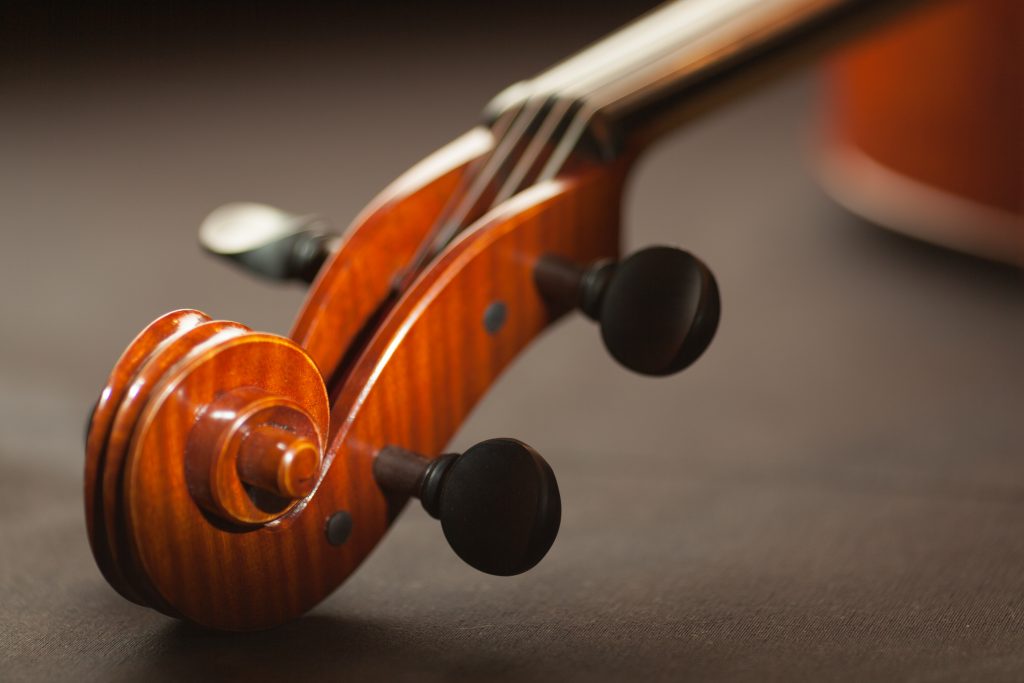
Set up your lesson, press the button and chat with me
My didactic
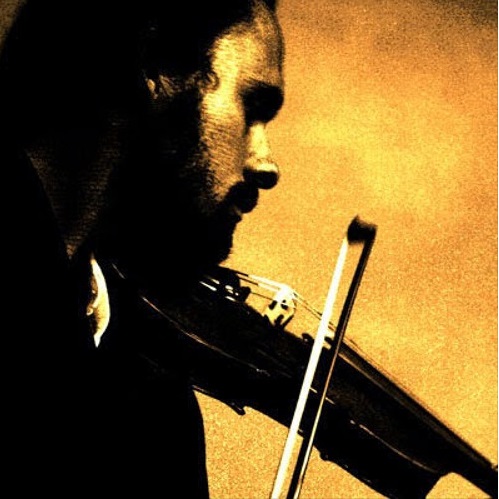
The process
Practice makes perfect! It sounds like an oversimplification, but it really is true. As long as you practice in the right way, constant repetition of the correct action will create perfection (physically at least). We must be mindful that each movement we make is efficient and elegant and as close as possible to correct in accordance with the classical method. Like many disciplines the art of violin playing has a specific technique associated with it; the way you hold the bow, the way you place your fingers on the strings, the minute adjustments you make in order to create the correct pitch and many more. If you follow the historical technical method you will find you don't need to practice as much to quickly improve.
The danger lies in 'short cutting' the process in order to quickly prepare for an exam or concert. The student may feel they have learnt the piece quickly, but they are often uncomfortable without understanding why. My teacher in London once shared with me that his primary frustration with students was the more natural talent they had the more likely to develop bad practice habits.
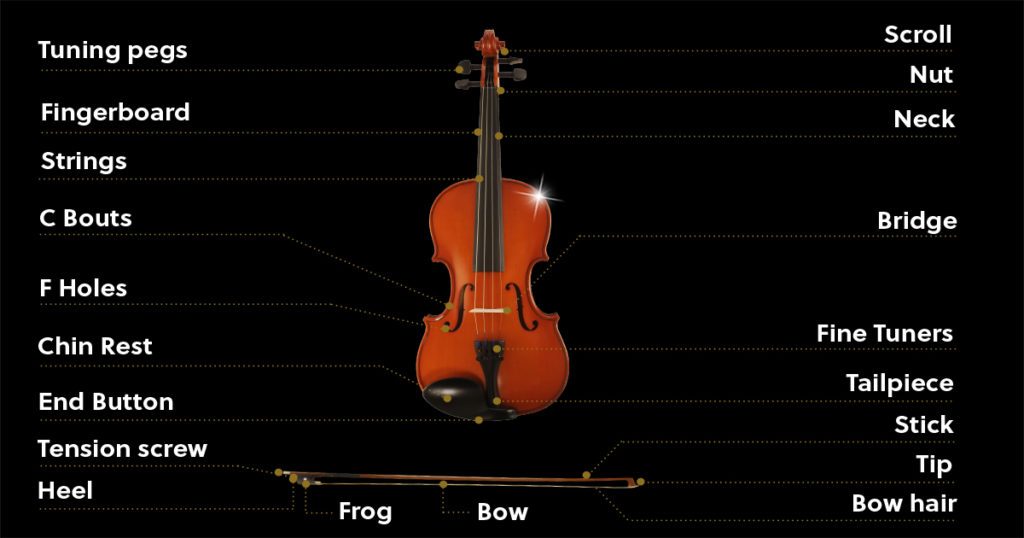
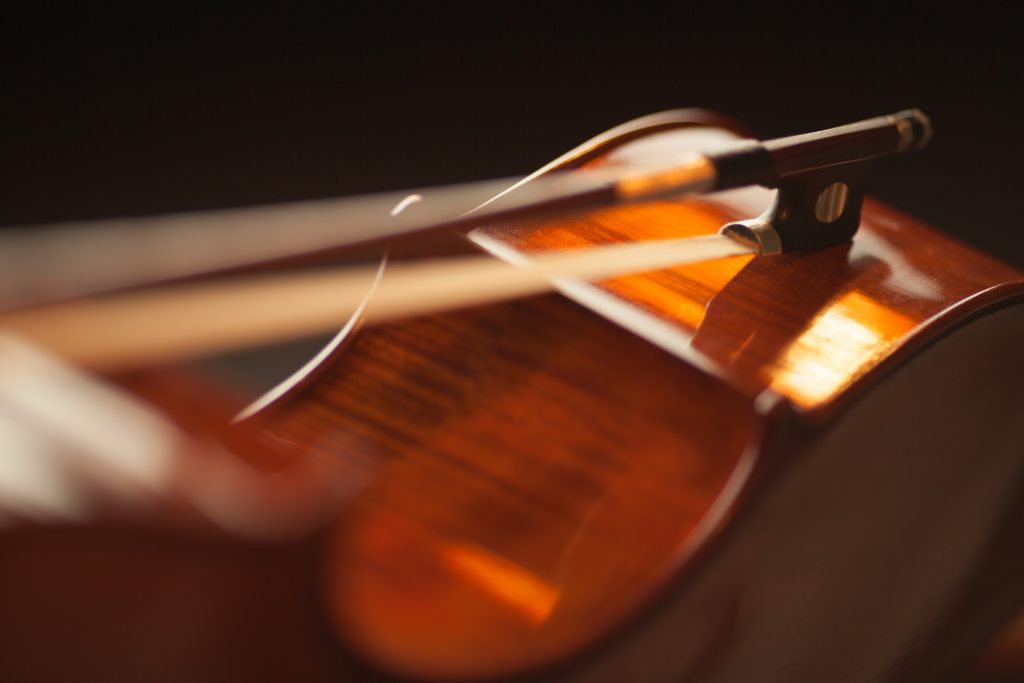
There was a simple explanation: students with a high degree of natural facility can achieve the same results in half the time without understanding why. This is great for short term, but my teacher found that over time the students who needed to put in the work 'from the ground up' would surpass the high flying students whose technique would ultimately be revealed as shaky and unreliable. At this point the student will need to go back to basics: to play open strings for perfect bow technique, simple slow notes for pitch and vibratto and so it goes on. This is an anecdote from a professional Classical performer with high level students, but I have found in my own teaching that every single person, if they take on board this basic principal of learning in the right way, will improve significantly, even after a single week.
Pitch
Because the violin has no frets you must put your finger in a very specific position to hit the right note. All violinist must become proficient at finger adjustment: moving the finger the very small distance it needs to adjust from being slightly out of tune, to being in tune.
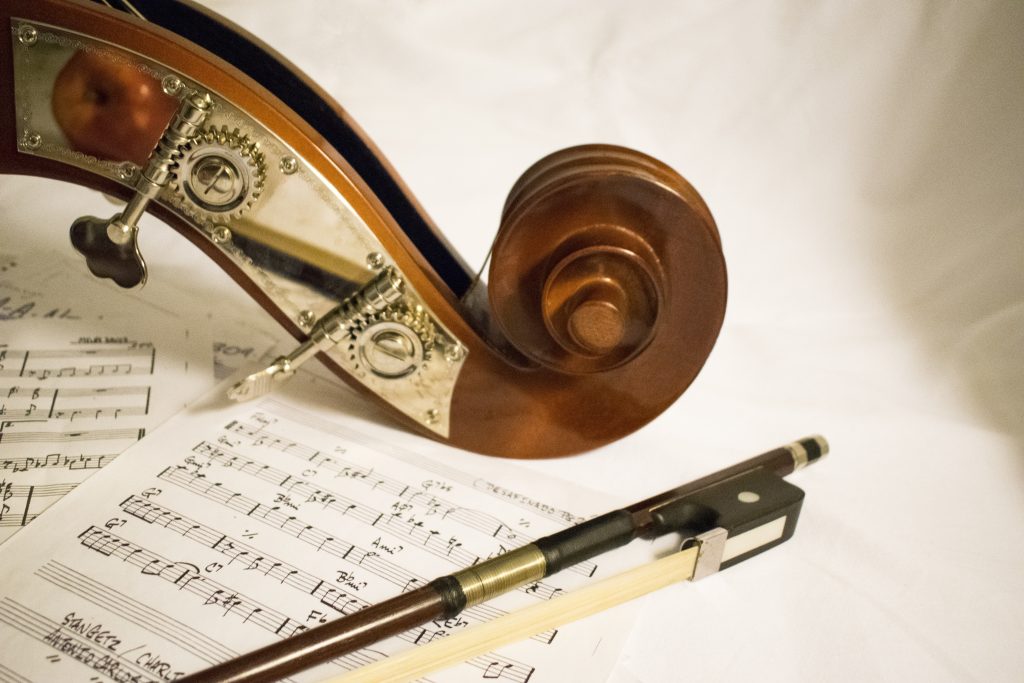
Technical Work
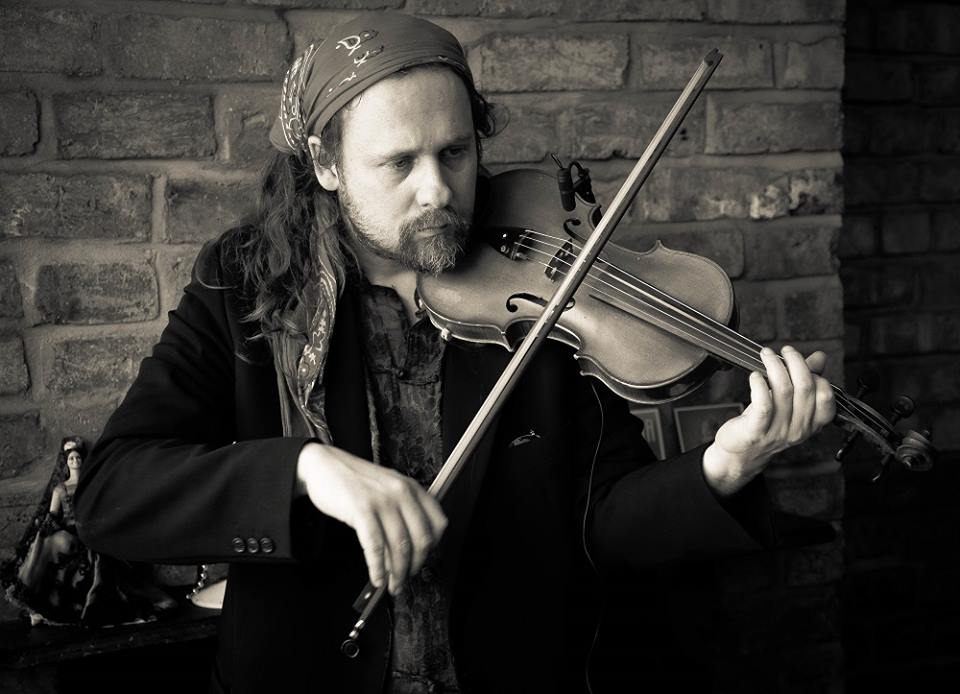
Rhythm
The rhythm is the basis for everything in music. All techniques rely on it, especially for subtle musical interpretation. To create the right atmosphere will depend largely on your mastery of the rhythm. Many students begin this process by playing along with a click track or a metronome but the goal is to develop a strong internal rhythm so you can be completely independent
Tone
To create a beautiful sound on the violin requires a mastery of the correct technique for using the bow. There is a professional methodology that has been passed down for 100s of years that is used by masters and students alike to attain the sound they are striving for. The key to a good bowing technique is relaxation. If it sounds bad, it's because you're too tense. Tension arises when a person uses more force than is required to perform the task; the unused energy is stored in the muscle which can forget to release, creating long-term problems such as RSI and chronic back pain etc.


The most important thing is to have a relaxed right shoulder, as much residual tension is stored here. You must also relax the muscles around the shoulder blade. There are a number of exercises we go through to facilitate this relaxation. Learning to connect to yourself on a more physical level is one of the positive outcomes of good violin technique.
different styles
After learning the basics it is time to approach some actual music. I like to start by teaching a few simple pieces such as ‘Twinkle Twinkle Little Star’ and ‘Dark Eyes’ from ear. When we have applied the basics of technique to these simple tunes it is time to move on and play in the style the student would prefer: Classical, Folk, Gypsy or Jazz improvisation.
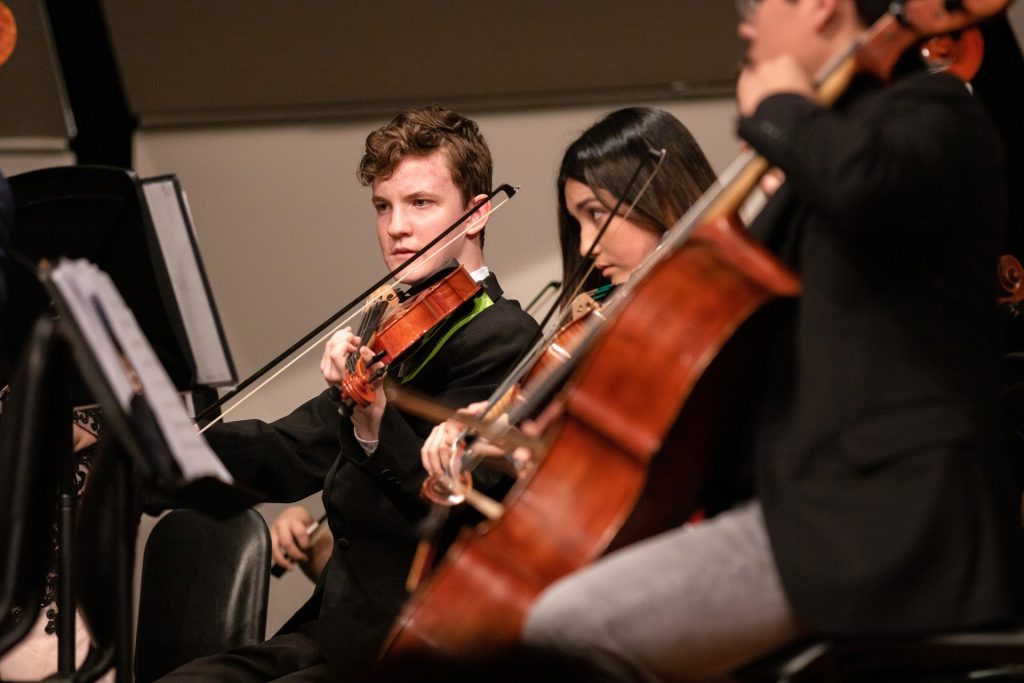
Classical
Apart from a thorough grounding in musical technique, the main thing with Classical music is to use ones technical abilities through pitch, rhythm and tone to create a personal and respectful interpretation of the piece. Robotically playing through a sheet of music is not what we're going for, the style depends on one's own subtlety and motivation to create an artistic experience through interpretation. This is achieved with the use of bowing, manipulating of metre (getting faster or slower), and finger technique especially with vibrato being the obvious example for musicality. This technique of vibrating the tip of the finger in order to oscillate the note is widely employed across all musical disciplines (especially in a rock guitar solos). It is used in Classical music to produce a warm and rich sound. When a student has progressed far enough with classical music they may wish to go through the grading system offered by the AMEB. My students always perform well in their exams because I make sure they are thoroughly prepared before they enter. As well as working toward exams it can be rewarding to arrange private concerts with a professional accompanist to gain performance experience. Entry to University is not granted on the basis of grades but I am familiar with the requirements for university entry and am happy to prepare students to achieve well in their auditions.
Folk and Gypsy
There is a slightly different stylistic approach employed to give an 'authentic' folk sound. That is: not so much vibrato and a more jolly and rhythmic style of playing. This is achieved through bow work; more bounce, sharper strokes and especially in the use of ornamentation.

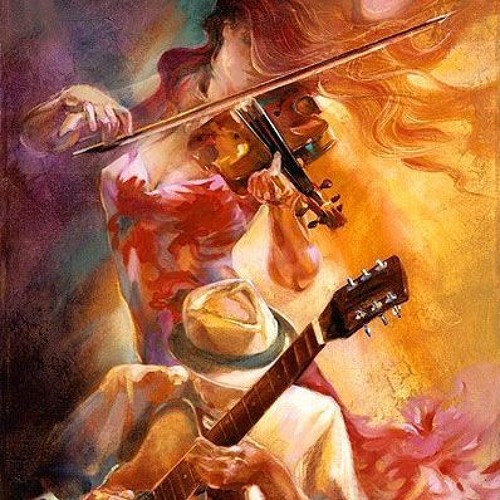
Jazz
There are many conflicting views on the 'correct' way to teach jazz, After all, as an improvisational discipline, surely the notion of what can be considered right and wrong must be completely subjective? However, this is not the case: The success of a jazz solo depends on how well the performer can 'play the changes'. If you can understand the chord progression you can choose the correct notes for your solo; you never need to play anything that jars with the background chords. Many jazz teachers like to sit students down, pull out a white-board and start writing complicated chord structures with harmonic and melodic solutions involving modes, altered chords and substitutions, all of which are to be memorised. This style is akin to a mathematician calculating the string of equations necessary to explain and replicate the action of catching a ball. Yes, the maths involved with catching a ball is complicated, however, it is also possible to simply reach up your hand and catch the ball, using intuition not precise knowledge. In my class you shall learn to develop the intuitive side of playing, which I can also back up with the theory so you can understand what happened when you 'caught the ball'. With the added complexity of the jazz progressions comes a greater need for high level technical proficiency. Jazz is characterised for its virtuosity, both in its high speed exciting solos, and it's innovative understanding of chord progressions. The musician needs to not only know WHAT to play, but HOW to play it, and so a great deal of time can be spent solidifying technique.
FAQs
I always start my students by playing the same song: Twinkle Twinkle Little Star. Most students are able to play this in one, sometimes two, lessons. The next tune is more difficult: ‘Dark Eyes’ which usually take two or three lessons to master.
Yes, I am teaching online using zoom, or facebook messenger until the restrictions in Melbourne ease up.
As a beginner you usually have to practice at least 15-20min a day; more advanced players need to practice longer in order to achieve significant results. One hour is recommended as the minimum for an advanced student, and three hours per day is the normal amount of practice for those wishing to go on to become professional musicians.
Yes, I include explanations of theory as we work through the music.
At the moment I offer a special rate for unemployed and those temporarily off work due to gov restrictions. My normal rate is $70 per hour but if you are not working I am happy to charge $60 or in some cases lower depending on the students personal situation.
Never! Each student will develop their own style.